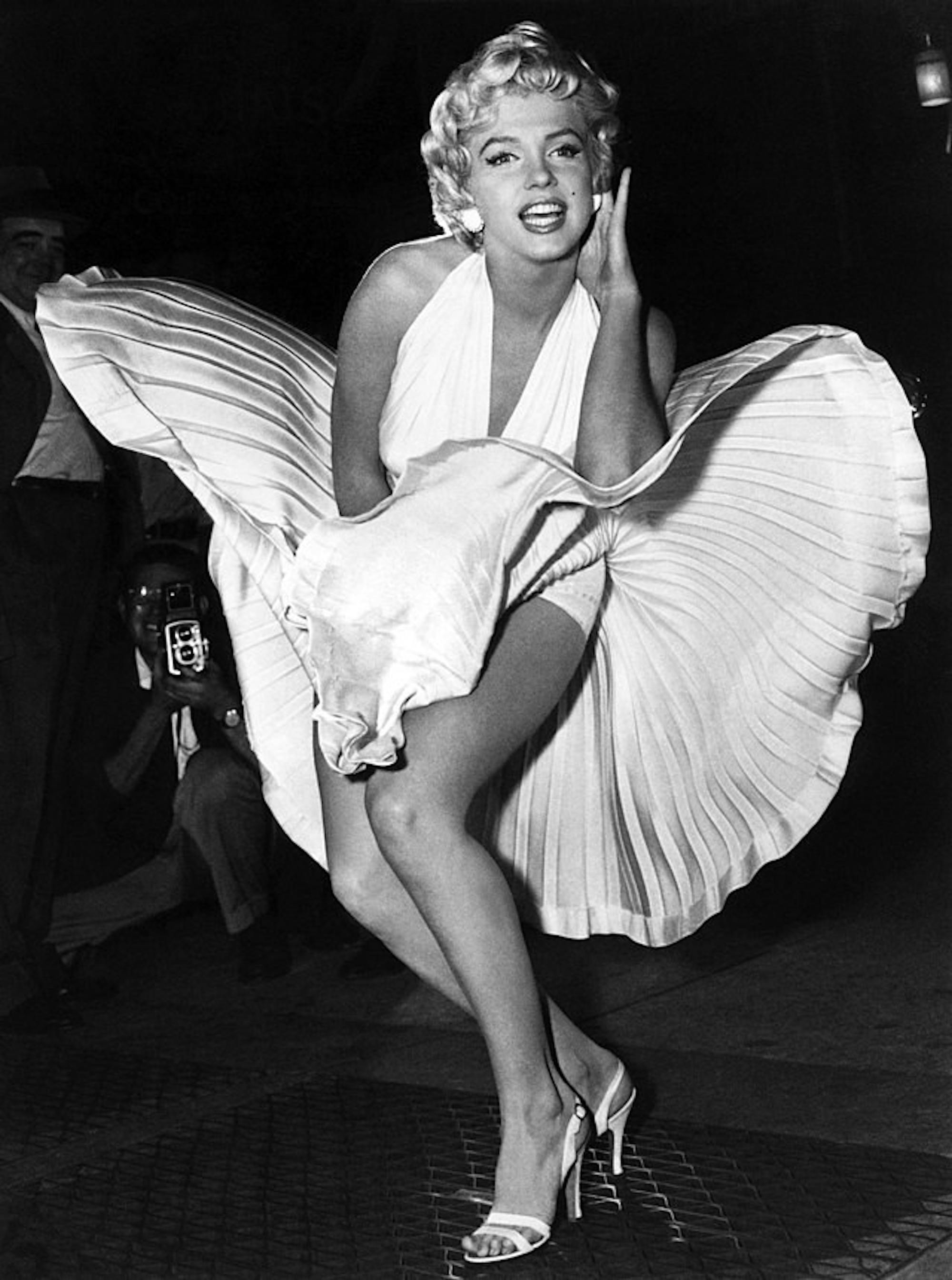Content warning: this article briefly mentions sexual violence and abuse.
Andrew Dominik’s “Blonde” has been one of the most anticipated films of the year. With its ubiquitous presence through ads on Tiktok and its status as the first NC-17 movie to ever be released on a major streaming platform, “Blonde” has once again confirmed that the American curiosity for Marilyn Monroe remains insatiable. But rather than critiquing the exploitation that Monroe endured during her short career, Dominik’s film seems to simply repeat it.
“Blonde” centers on a dramatized adaptation of Marilyn Monroe’s life, based upon the original novel by Joyce Carol Oates. We witness the trauma that shapes her early childhood, her rise to fame and her ultimate decline that leads to her untimely death.
Monroe — who mostly goes by her birth name Norma Jeane Mortenson throughout the film — is depicted as a shy but intellectually curious young woman whose looks subject her to rampant sexualization and blatant disrespect. While auditioning for the part of Nell in the thriller “Don’t Bother to Knock” (1952), Norma Jeane describes the script as “like a novel by Dostoevsky, where you feel sympathy for the criminal.” In response, the director chuckles and says, “Oh you’ve read Dostoevsky, have you, honey?” Dominik attempts to present Norma Jeane as an artistic soul who pursues acting in order to deeply understand the human condition. However, instead of being praised or respected, Norma Jeane’s aspirations are met with ridicule, disregard and exploitation by the men in her life.
In fact, it seems that all this movie has to say about Norma Jeane is that she is easily exploited. Rarely in the film does she appear to be the driving force of action in her own life. So much of the film is devoted to depicting Norma Jeane’s passivity that when the audience sees her laugh, say no or do anything other than cry or endure shame and abuse, it is shocking. It seems as though Dominik is working hard to make sure that we know Norma Jeane had a difficult life, and he chooses to do so by filming multiple rape scenes, a graphic abortion and lascivious nudity. Our empathy for Norma Jeane’s suffering cannot help but shift to emotional numbness as the scenes seem to serve no further purpose than voyeurism.
This isn’t arguing that a filtered, happier account of Norma Jeane’s/Marilyn’s life would have been preferable, but Dominik’s decisions cross the threshold from critiquing to participating in Monroe’s victimization. Dominik explores Marilyn Monroe as an idea or symbol, existing in the duality of reality and theater. While there’s nothing inherently wrong with that representation, the methods he uses to pursue this artistic goal are, to put it simply, problematic. There is a thin line that artists and documentary makers must walk when they aim to accurately and respectfully portray trauma: They must develop some method of displaying the effects of the trauma while remaining cognizant of the causes of these traumas without relishing in them. This is not something that Dominik has accomplished through this film.
This is also not to say that the production of the film itself is unskilled; it has its moments of technical achievement. We move from private to public, theater to reality, monotone to color seamlessly. Ana de Armas and Adrien Brody’s performances are excellent, and the costume design and makeup are impressively persuasive. However, these accomplishments do not outweigh the faults of “Blonde.”
In many ways, Marilyn Monroe has become a personification of Hollywood and Americana, embodying the things that make it both great and despicable. She is the American tragedy that we consume through posters in fast food restaurants and soda company billboards and the corpse we puppeteer to ‘critique society.’ From these processes, she becomes an object of fascination and a symbol emptied of interiority, borrowed by artists and writers who tell her story over and over in hopes that this time they will get it right. It seems that it is a fruitless endeavor.






